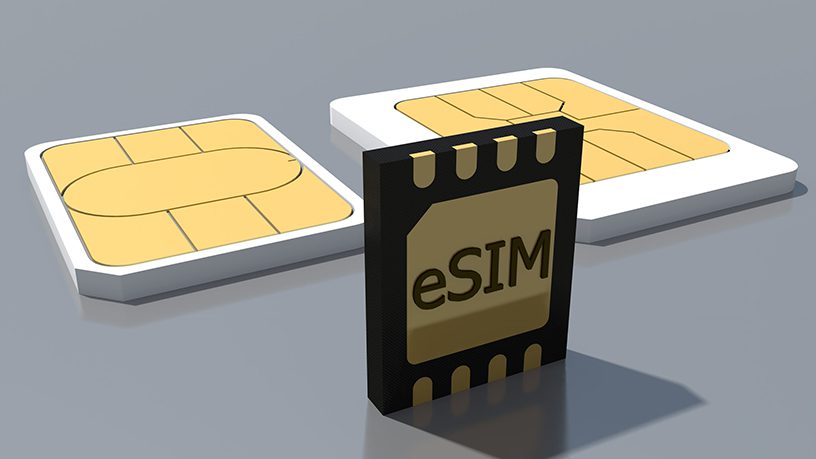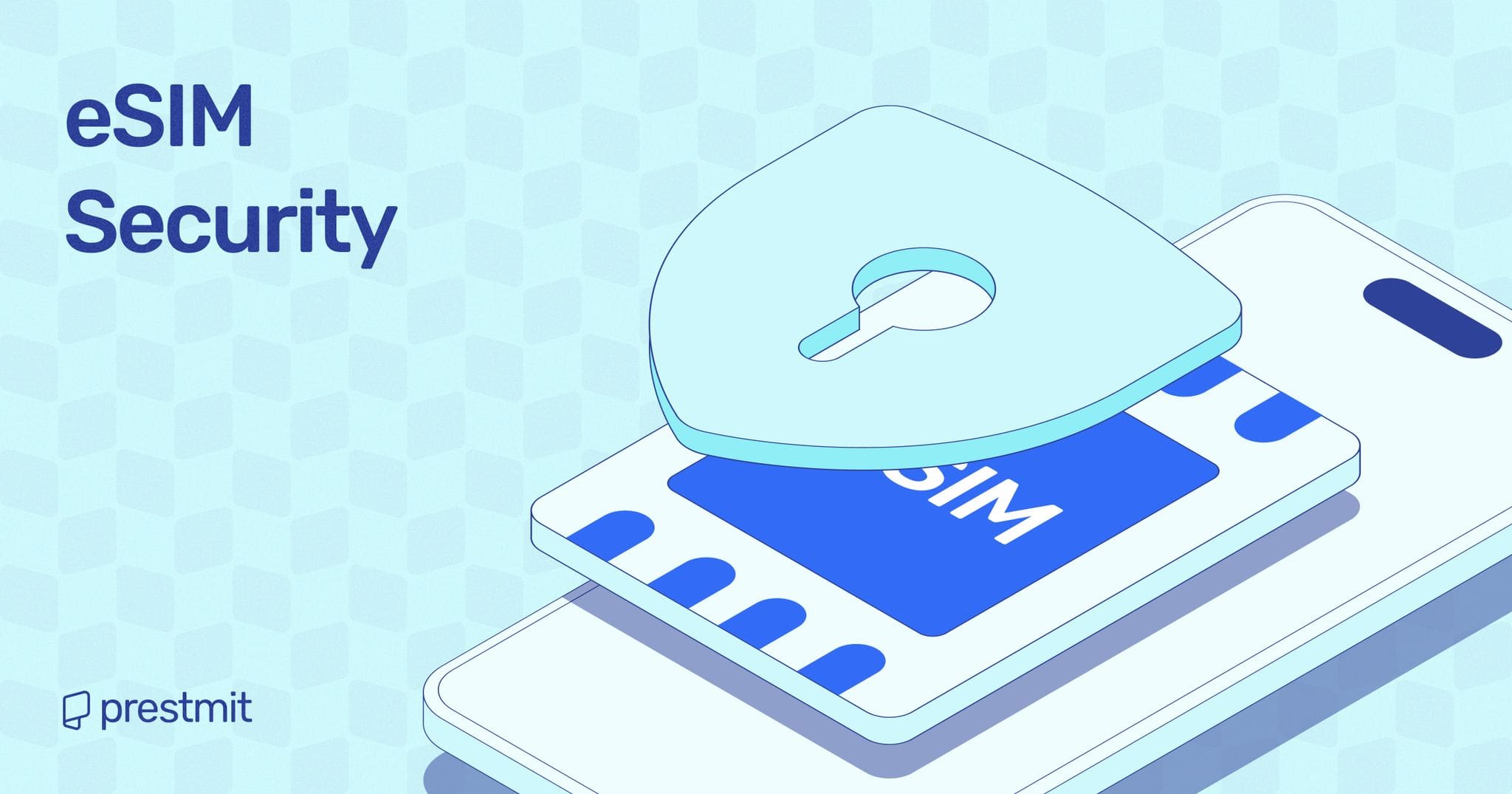Table of Contents
Technological advancement has always ushered in advanced security measures, such as embedded SIM (eSIM), which is revolutionizing how we use and safeguard our mobile devices through many advantages. While the convenience and flexibility the eSIM technology offers make it different from physical SIM, its security aspect is another major perk that makes it attractive to users, even as the eSIM industry is projected to be worth over $5 billion by 2030 with a 29% yearly growth rate. Hence, the reason for knowing about eSIM security.
Security Advantages Of eSIM

1. Reduced Vulnerabilities To Damage And Theft
eSIMs effectively reduce vulnerabilities associated with damage and theft. You don’t need to carry an eSIM around as you do with physical SIM cards. Therefore, this reduces the chances of losing or damaging the SIM.
In most instances, the eSIM technology is suitable for travelers as they do not need to carry SIM on their journey. You can easily switch between local network operators to ensure a seamless connection. There are many devices that are compatible with eSIM, so you can set up the technology on Android phones, iPhones, and Windows devices.
2. Protection Against Unauthorized Access And Fraud
The eSIM technology makes it almost impossible for hackers to have unauthorized access to your device – a perk that can make it suitable for businesses. The activation of security layers and verification add sophistication to your protection, such that access to your personal information is not breached, as the case may be with physical SIM cards.
In addition, the technology protects against SIM-swapping fraud – where hackers replace a victim’s SIM card to gain access to their accounts. This is becoming popular as one of the top crypto scams. The security procedures associated with eSIM make it difficult for hackers to manipulate the SIM card for unauthorized access.
Protection against port-out scams and SIM cloning are other security benefits of eSIM to prevent fraud. The technology uses advanced encryption and authentication protocols to secure communication, providing users with a safer environment.
3. Remote Provisioning And Management
eSIMs can be programmed and managed remotely, enabling network operators to quickly respond to security threats and update SIM card configurations as needed. Therefore, you can remotely take steps to disable your eSIM on your device, which is in contrast to managing physical SIM cards that require you to contact your operator or walk a distance to the operator’s office.
In essence, the eSIM technology reduces the risk of security breaches and ensures that devices remain up-to-date with the latest and sophisticated security patches.
Vulnerabilities Of eSIM Technology
While eSIMs offer many security benefits, there are some potential risks and challenges that you should know. These include:
- Malware Attacks: Malware could infect a device’s firmware and gain access to the eSIM data stored on the device. This vulnerability allows attackers to steal sensitive information like authentication credentials, phone numbers, and other personal data.
- Social Engineering Attacks: Hackers could use social engineering tactics to trick users into providing their eSIM credentials or other sensitive information. For instance, an attacker could disguise as a mobile network operator, asking users to provide their eSIM information for verification purposes.
- Remote Hacking: A remote attack may exploit vulnerabilities in the eSIM’s firmware or communication protocol to gain unauthorized access to the device or the eSIM data on it.
Therefore, mobile network operators and device manufacturers must mitigate these vulnerabilities by implementing strong security measures like secure protocols, encryption, and regular firmware updates. Users must also take safety precautions, such as installing security software and avoiding suspicious emails or messages.
Best Practices For eSIM Security
The following are the best practices to ensure the security of eSIMs:
- Use Strong Authentication: Use authentication protocols such as Elliptic Curve Cryptography (ECC) to secure communication between the device and the network operator.
- Employ Encryption: Use encryption to protect sensitive personal and financial information.
- Use Reputable Network Operator: You must use network operators that have implemented robust security measures to protect eSIMs.
Frequently Asked Questions (FAQs) About eSIM Security
Can eSIMs Be Hacked?
eSIMs are not immune to hacking, albeit more secure than physical SIM cards. Hackers can intercept sensitive information or commit identity theft if an eSIM is compromised.
How Can I Protect My eSIM?
You must use strong authentication protocols, encryption, and reputable network operators to protect your eSIM.
What Should I Do If My eSIM Is Compromised?
If your eSIM is compromised, you should immediately contact your network operator to report the incident. They can help you to disable the compromised SIM and issue a new one.
Are eSIMs Secure For Financial Transactions?
Yes, you can use eSIMs for financial transactions. The technology employs advanced encryption and authentication protocols to secure communication between the device and network operators.
Conclusion
The eSIM technology offers several security benefits, including reduced vulnerabilities and protection against fraud, which makes it more suitable than physical SIM cards. However, there are also potential challenges to eSIM that you must know about, some of which have been highlighted in this article.
Therefore, it is essential to follow the best security measures when using eSIM to keep your personal and financial information safe and secure.
Last updated on December 10, 2024

